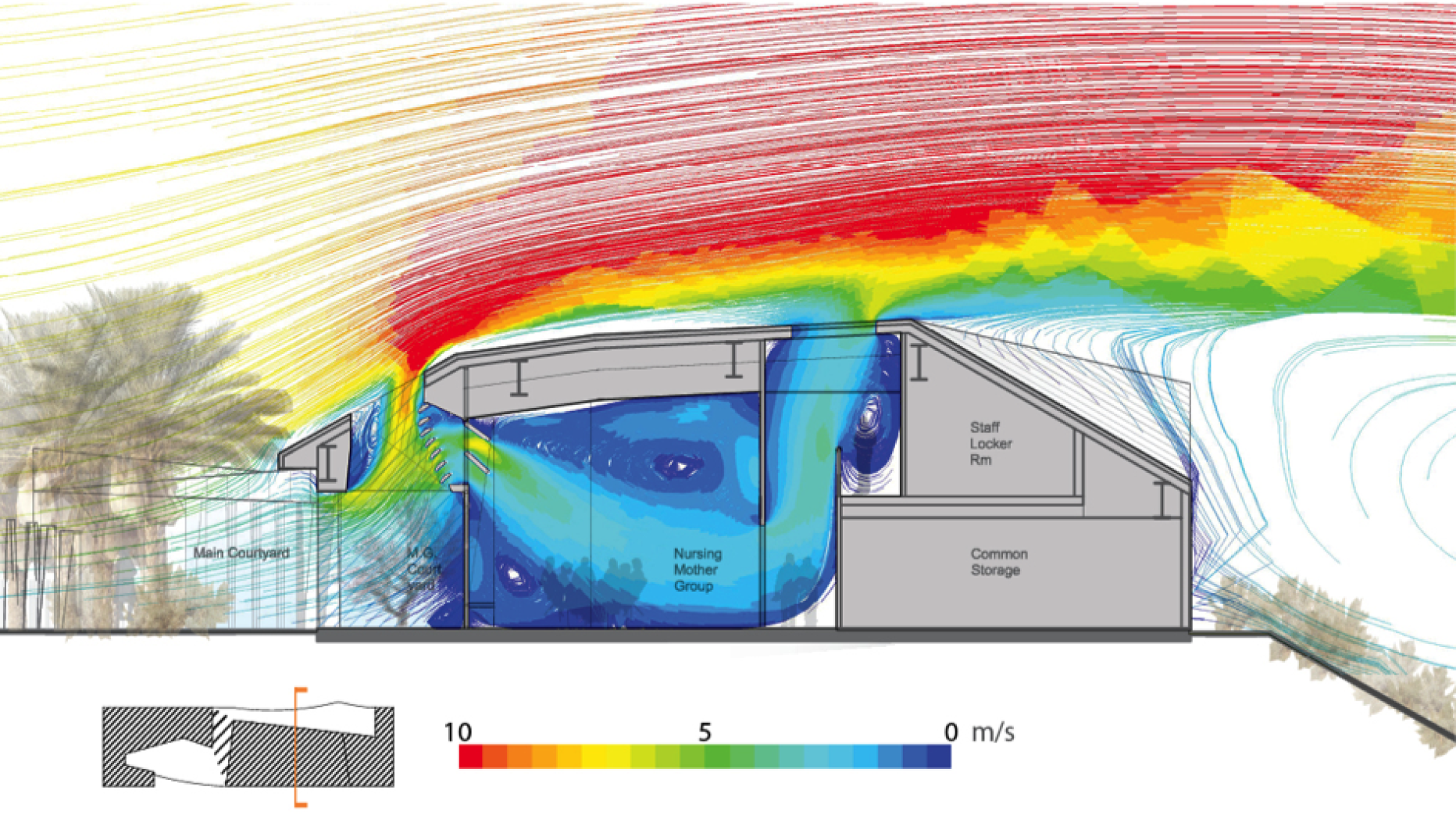An Urban-Conscious Rapid Wind Downscaling Model for Early Design Stages

Building Form Optimization for Natural Ventilation with Using CFD simulation, ISOENV with MODU Architecture NY, 2014
Stuart Weitzman School of Design
102 Meyerson Hall
210 South 34th Street
Philadelphia, PA 19104

Building Form Optimization for Natural Ventilation with Using CFD simulation, ISOENV with MODU Architecture NY, 2014
Jihun Kim
Assessments of urban contexts by existing microclimate models mostly fall short of considering topographies along with complex layouts of buildings and streets, despite their significant influences on predicting heat and airflow. It is mainly due to the inherent complexities and high computational costs. This becomes especially challenging at early design stages when time, expertise, and computational resources are limited by default, even though the room of performance enhancement is more available than later stages.
This dissertation develops a new wind downscaling model that can rapidly assess the impact of urban built environments with surrounding topographies and buildings up to a few kilometers in diameter. Wind pressure on neighborhood boundaries and local wind speed are predicted with the new methodology, which balances a prediction accuracy and a computational efficiency by incorporating the capacities of a computational fluid dynamics (CFD) simulation and of an existing mathematical method.
The proposed model is composed with two main parts. The first part is the database algorithmic method for the initial pressure, and the second part is the modified mathematical method for local wind speeds that refine the initial pressure for the final outcome. The two-part structure allows the flexibilities to develop them independently.
In the database algorithmic method, topographies are accounted to predict the initial pressures. To accelerate the prediction speed while using capacities of CFD simulations, a database is defined with various topographic conditions and their CFD-preprocessed pressure data. The database is used with an existing interpolation algorithm for the pressure prediction as the result of the first part.
In the modified mathematical method, urban buildings and streets are accounted to predict local wind speeds. An existing mathematical method for wind localizations is modified by taking accounts of buildings on slopes through CFD-simulations. For the final pressure outcome, local wind speeds are used to refine the initial pressure from the database algorithmic method.
The new model showed an acceptable accuracy, compared to the full scale CFD simulation for the same territorial scope, while showing an exceptional computational efficiency. Therefore, a year-long prediction can be possible in a few minutes with a personal desktop computer. For non-experts, the pertinence of the model is enhanced with a limited number of parameters, making it easily adaptable during early design stages, while geometric sensitivities are embedded for incremental studies that are crucial in the building and neighborhood scales.